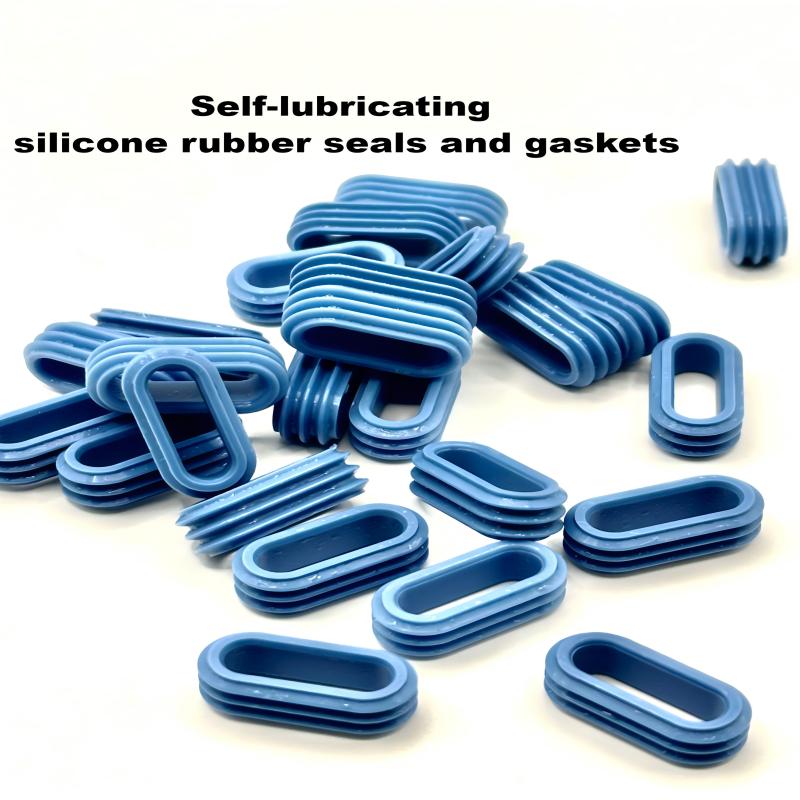Liquid silicone molding (LSM) is a highly effective manufacturing process used to create flexible, durable, and precise components. It’s widely adopted in various industries, including automotive, medical devices, electronics, and consumer goods. This versatile process offers significant benefits over traditional molding techniques, making it an ideal choice for producing complex parts with high-performance requirements. In this blog, we’ll explore how liquid silicone molding works, its advantages, and common applications.

What is Liquid Silicone Molding?
Liquid silicone molding is a form of injection molding where liquid silicone rubber (LSR) is injected into a mold to create highly precise and detailed parts. The process involves heating the liquid silicone material, injecting it into a mold under pressure, and then curing it to form the final product. LSM is used to produce items that require flexibility, durability, and high-temperature resistance.
Advantages of Liquid Silicone Molding
Precision and Accuracy
One of the key benefits of liquid silicone molding is its precision. The process allows for:
- Tight tolerances: LSR components can be produced with minimal dimensional variation.
- Complex geometries: The liquid nature of the material allows it to flow into intricate mold details, producing parts with high accuracy.
- Consistency: Each part produced is identical, ensuring consistency across large production runs.
Durability and Flexibility
LSM products are known for their long-lasting durability and exceptional flexibility, making them ideal for:
- Wear-resistant applications: Components made from liquid silicone are highly resistant to abrasion, UV rays, and extreme temperatures.
- High flexibility: The rubber-like properties of silicone allow the parts to be flexible and stretchable without losing their integrity.
Biocompatibility
Liquid silicone is biocompatible, meaning it is safe to use in medical and healthcare applications. It is:
- Non-toxic: Safe for skin contact and suitable for use in medical devices and implants.
- Sterilizable: LSR components can withstand sterilization methods like autoclaving, making them ideal for medical environments.
Cost-Effectiveness
While the initial setup for liquid silicone molding may be higher, it offers cost-effective solutions for mass production. Benefits include:
- Reduced material waste: The precise injection molding process ensures minimal excess material.
- Efficient production: LSM is fast, with high throughput, which helps lower per-unit costs in large-scale production runs.
Common Applications of Liquid Silicone Molding
Liquid silicone molding is used in many industries due to its versatility. Some common applications include:
- Medical Devices: Catheters, seals, and implants made from biocompatible silicone.
- Automotive: Seals, gaskets, and weather stripping components that require flexibility and durability.
- Consumer Goods: Kitchen tools, baby products, and wearables that need soft, durable materials.
- Electronics: Keypads, connectors, and insulation for electronic devices.
Conclusion
Liquid silicone molding offers numerous advantages, including precision, flexibility, durability, and biocompatibility, making it an ideal solution for a wide range of applications. Whether you're producing medical devices, automotive parts, or consumer goods, liquid silicone molding ensures high-quality, cost-effective production of complex and high-performance components. If you're looking to improve your manufacturing process, this advanced technique is certainly worth considering.
Recent Post
- Precision in Every Part: The Versatility of Liquid Silicone Molding
- Overmolding Injection Molding: Unlocking Design Freedom & Enhanced Functionality
- Liquid Silicone Molding: Precision and Versatility
- Liquid Silicone Molding: A Cutting-Edge Solution For Manufacturing
- Overmolding Injection Molding | Advanced Manufacturing
- Precision & Durability: High-Quality Liquid Silicone Molding Solutions – Melon-Rubber
